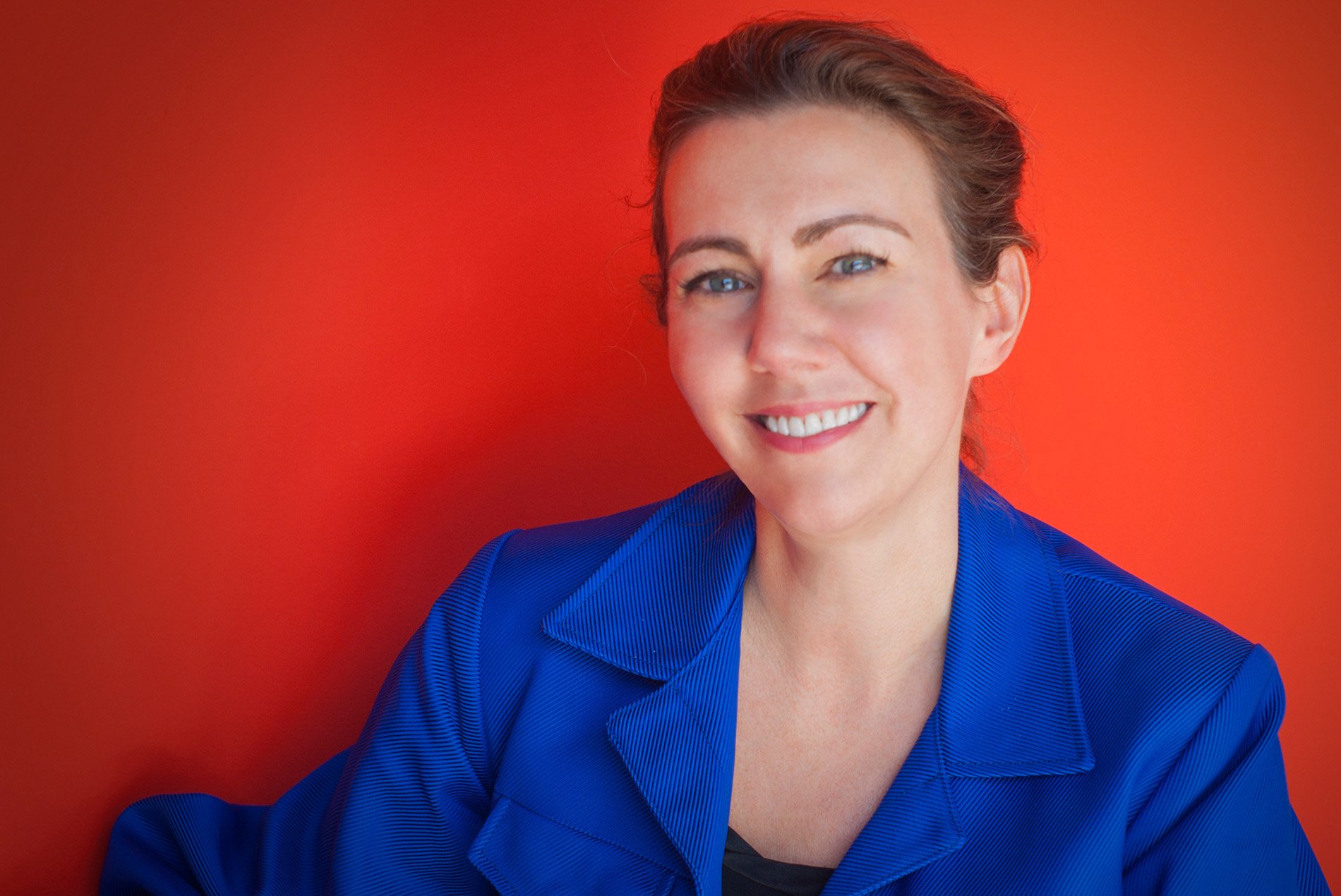In recognition of International Women’s Day and Women’s History Month, Anne Fletcher, managing principal of HOK’s Los Angeles studio and a member of the firm’s board of directors, shares her experience as a leader and mentor.
Anne Fletcher grew up in North Dakota, far away from the cities she would someday influence as an architect in New York and Los Angeles. Yet her upbringing also provided her with a passion for design and the self-assurance to succeed in a male-dominated profession.
Who or what led you to design?
My father was dean of the Engineering School at University of North Dakota. Family vacations were spent traveling to see bridges and dams. I became interested in architecture, and my father encouraged me to pursue it. I never thought I couldn’t do it. I got accepted early admission to Washington University in St. Louis, where many of my architecture instructors also happened to work at HOK. At the time I was like, “I’ll never work at a big firm like that. I’ll never work for the ‘man!'” Now look at me. I’m on HOK’s board of directors. I’m the man.
That’s funny. And yet the man—or men—continue to account for about 80 percent of the registered architects in the U.S. How have you navigated such a male-dominated profession? Were there female leaders you looked up to?
When I started out, there weren’t many women architects in leadership positions. Zaha Hadid was still mostly painting. She didn’t have a single building. I’ve always worked with female colleagues at all my firms, but none were running the show. I will say, though, that there are a lot of great men who I’ve had the privilege of working with or being mentored by. They’ve supported me as I’ve grown into greater roles of responsibility.

While in HOK’s New York studio, Fletcher served as project manager for the New LaGuardia Airport Plan and Design Guidelines, The Hayworth Condominiums and the One Five One major lobby repositioning. In Los Angeles, she oversees all studio projects including USC’s Ginsburg Hall and the Mark Ridley Thomas Behavioral Health Center.
What advice do you give women who are just entering or considering a career in architecture?
I encourage them to break out of their comfort zones. I know that’s hard. But when I have forced myself to do it, those have been the biggest career-transition moments. While I think men and women are equal, I also believe they are different. As a female leader, I try to recognize that. I ask women I’m mentoring how they want to evolve their career and give them some key ideas on how to achieve those goals. As a profession, we need to advance all our people more deliberately and more regularly and it needs to come from leadership.
How else can we close the gender gap in architecture?
One of the problems with architecture is there is this all-or-nothing aspect to it. That approach can be difficult for women who are more likely to be the caregivers in a family. It speaks to this whole “gentlemen’s profession” reputation with architecture. But I’ve found there are different ways to be an architect, and they are all important and can come with different time commitments. If we communicated that better, I believe we would be able to keep more women in the field or bring them back. If you want to take off time to raise your kids, then go ahead and know you can still have a meaningful role here when you’re ready. That shouldn’t be a negative.
What are we missing by not having more women in architecture?
Fifty percent of the world are women. So, what happens when half the people who occupy a building or space don’t have a voice in how it’s designed? This isn’t just a male or female issue, either. It’s about having greater diversity within the design process to ensure successful projects. Without that we run the risk of projects not resonating or not being used as they were designed. One person—or group—cannot possibly view a project from all perspectives. It requires feedback and ideas from many.
